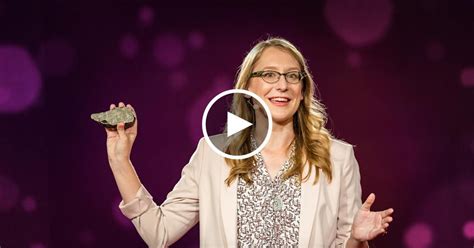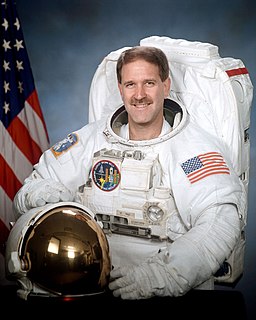A Quote by Neil deGrasse Tyson
There are thousands of asteroids whose orbit in the Solar System crosses that of Earth. And we have a little acronym for them - NEOs: near Earth objects. And our biggest goal is to try to catalogue them, so we know in advance if one is going to put us at risk.
Related Quotes
The hazards posed by Near-Earth Asteroids are assessed by Sentry, a computer system developed by the Near-Earth Objects Group at NASA's Jet Propulsion Laboratory in Pasadena, Calif. The software factors together a cosmic rock's coordinates, distance, velocity, and gravitational influences to calculate its trajectory.
Most Jupiter-sized planets orbit the mother star in a highly elliptical orbit. This means they will often cross the orbit of any Earth-like planet and fling it into outer space, making life impossible. But our Jupiter travels in a near-perfect circular orbit, preventing a collision with any Earth-like planet, making life possible.
Discovering that our solar system has many more planets than we ever expected, and that most of them are ice dwarfs rather than like Earth and the other rocky terrestrials, is just another step in the revolution in viewpoint that removed the Earth from the center of the physical universe and makes Earth all the more special.


































